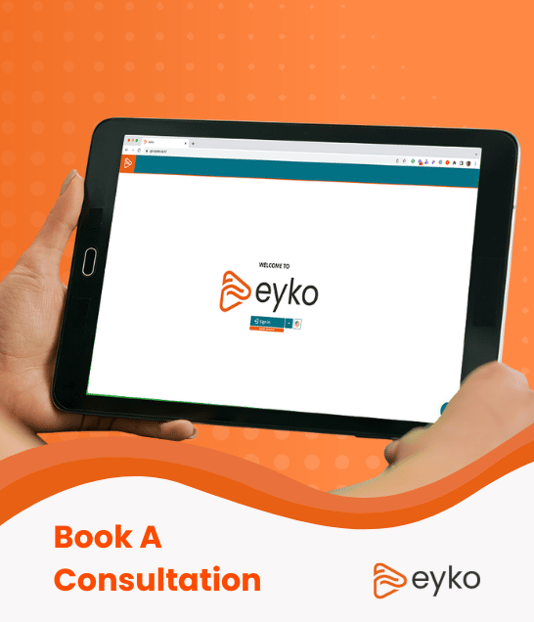Are Fancy Visualizations Becoming Obsolete?
Does Your Fancy Dashboard Really Give You The Insights You Need?
Blog Author: Danny Nguyen
.jpeg?width=191&height=172&name=Danny%20(1).jpeg) I recall my first dashboard presentation many years ago, where I explained what a KPI truly is. Using a car dashboard, I highlighted that a KPI should be precise and actionable—like the remaining miles indicator, which directly tells you what to do. The fuel gauge, on the other hand, is just for reassurance.
I recall my first dashboard presentation many years ago, where I explained what a KPI truly is. Using a car dashboard, I highlighted that a KPI should be precise and actionable—like the remaining miles indicator, which directly tells you what to do. The fuel gauge, on the other hand, is just for reassurance.
 69 Miles to empty!
69 Miles to empty!
Back then, flashy visualizations were all the rage, with each new product outdoing the last. But in practice, users often favored simpler charts—bar, column, pie, and basic KPIs. The complexity of these advanced visualizations wasn’t worth the effort, as users prioritized the data itself over the aesthetics.
When it comes to ERP data, simplicity wins. Most users want straightforward analytics that allow them to make quick decisions. However, for those who need deeper insights, the advent of Generative AI, like AI Assistants, has transformed the landscape. These tools can provide detailed analysis when needed, without overwhelming the user from the start.
The key takeaway? Focus on clean, simple, and actionable data and analytics. Complex visualizations have their place, but for most business processes, simplicity should be the starting point. As AI continues to evolve, it will likely cater to both ends of the spectrum—offering quick, easy insights while also enabling deeper dives when necessary. This shift might just mark the end of an era for fancy visualizations as the default.
The Shift is Happening Now...
Take the following as an example...When business users get precise and accurate data, we don’t need fancy visualizations because we can now pose easy and sophisticated questions of the data that will surface the right visualization and additional text-based insights.
When I or folks like me need more, we simply ask our AI Assistant a question. For example, here is a typical question a business analyst or accounts receivable manager may want to know of their data. The accounts receivable manager wants to know if there is a relationship between the size of the invoice and days to pay the invoice. Do larger invoices take more time to pay?
“Perform a regression analysis on the data to determine if there’s a relationship between the invoice amount and the time it takes to pay. Some payments have not been received, which is why the payment amount is empty. Show the results on a scatter plot and explain.”
You’ll note that AI Assistants can also be trained or given context when posing the question so that it understands how to deal with empty cells.  And voila, we get the following regression analysis chart.
And voila, we get the following regression analysis chart.

Along with a nice explanation. 
“The scatter plot shows the relationship between the invoice amount and the number of days it takes for the payment to be received. Each orange dot represents an actual data point for an invoice's amount versus the days it took to pay for that invoice. The blue line represents the predicted days to pay based on the linear regression analysis.
From the regression analysis, we have the following results:
- Coefficient: The coefficient is approximately -0.0000566. This means that for every additional dollar in the invoice amount, the time to pay decreases by a very small fraction of a day, suggesting a very slight negative relationship between the amount and the days to pay.
- Intercept: The intercept is approximately 43.84. This is the expected number of days to pay when the invoice amount is zero (which is a theoretical starting point).
- Score: The R-squared value is approximately 0.083, which indicates that only about 8.3% of het variability in het days to pay is explained by the invoice amount. This suggests that the invoice amount is not a strong predictor of the days it takes for an invoice to be paid.
Based on these results, we conclude that there is a slightly negative but weak relationship between the invoice amount and the time it takes for the payment to be received. This suggests that other factors not included in this model might be influencing the time it takes to receive payments. "
Both the visualization and the text description give the user insights to know that large invoices are not paid later than smaller invoices.
GenAI Vetter
This is now, my new starting point. Yes, we need to vet this. This just opens a whole new set of analysis, and I can continue this conversation with my AI Assistant. Is my new title, GenAI Vetter?
The future of data analytics could see a rise in "GenAI Vetters," those who use AI to explore data more deeply, creating a new dynamic in how we approach business intelligence. As we move forward, the challenge will be to build frameworks that ensure the quality and reliability of AI-generated insights, much like we once had to reconcile disparate sales numbers across departments.
Keep it Simple, with eyko
eyko was designed for simplicity, to cut through the noise, and let users get to the insights they need, quickly. Want to learn more or discuss AI Assistants and your data? Get in touch!
Share this
You May Also Like
These Related Stories

How eyko Helps Overcome Common Power BI Challenges

Realize the Full Potential of Power BI with eyko

